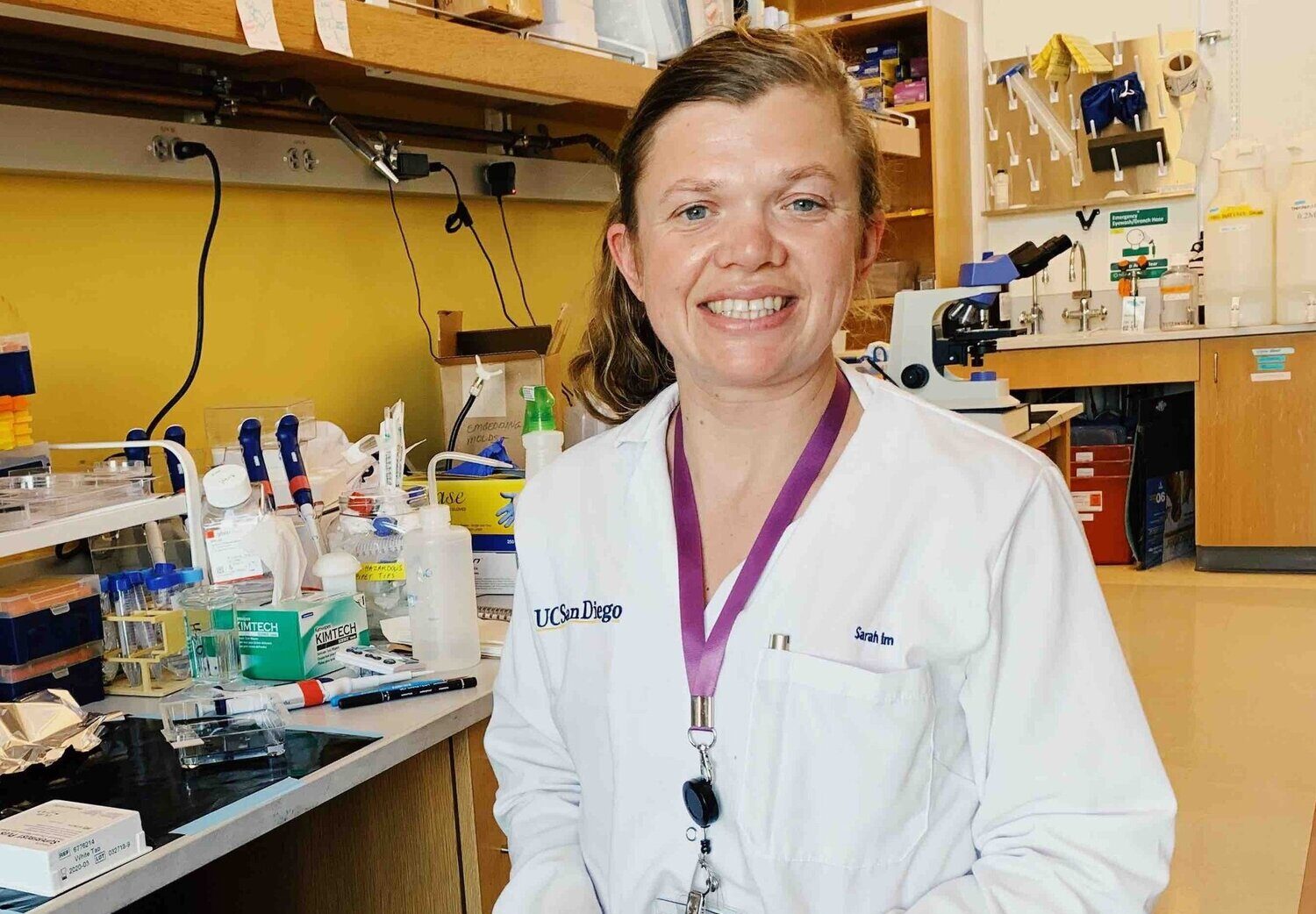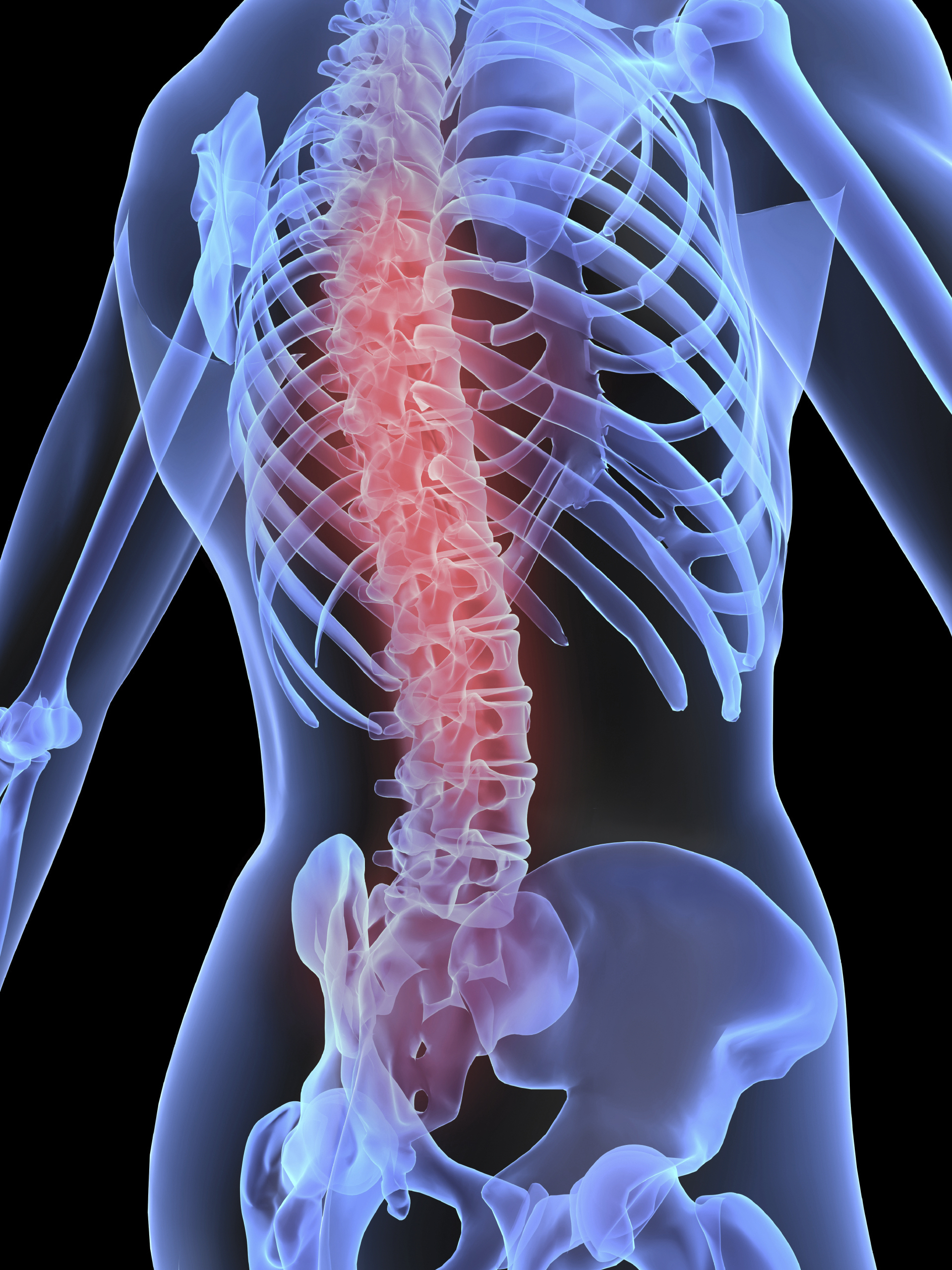What you need to know
- Transcutaneous electrical stimulation (tCES) is a non-invasive technique that involves applying electrodes on the skin, these are used to pass electrical currents through the skin to stimulate specific nerves and muscles.
- Previous studies have investigated the safety tCES. These studies not only confirmed safety but also demonstrated improvements in hand strength.
- Researchers are now keen to explore the most effective ways to fine-tune tCES settings and maximize improvement in arm and hand functionality in individuals with cervical spinal cord injuries (cSCI).
In a nutshell
Researchers will investigate the optimum stimulation settings for each individual before combining stimulation with task specific practice on hand and arm function.
Researchers will then record baseline measurements over the course of four weeks across a range of criteria including a measurement tool called GRASSP (Graded and Redefined Assessment of Strength, Sensibility and Prehension test). This involves a trained researcher or clinician who will evaluate and score hand function as the participant is asked to perform various exercises.
Once baseline measurements are completed, participants will undergo upper limb therapy which includes a series of exercises tailored to the individuals’ needs and functional status. This will coincide with participants receiving tCES. During this time, participants will be continually reassessed, up to 3 months after receiving the intervention. Researchers will compare outcome measures before and after tCES, with the aim of demonstrating improved arm and hand function post intervention.
How this supports our goal to cure paralysis.
Injury to the cervical levels of the spinal cord is more common than injury to the lower segments of the spinal cord, thus tetraplegia is more common than paraplegia. Research has revealed that tetraplegics rank regaining arm and hand function as their main priority for rehabilitation, five times greater than bowel, bladder, sexual or lower extremity function. However, despite recent advances made in recovery of ambulatory function, research that strives to uncover how best to optimise arm/hand rehabilitation after SCI remains limited. Identifying and optimizing effective therapies to restore functional arm and hand recovery is an important clinical, economical, social and humanistic goal.



